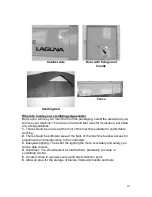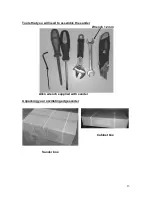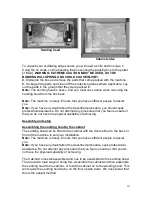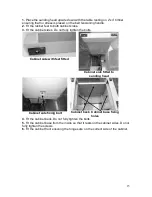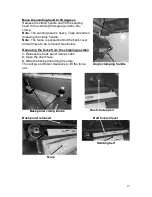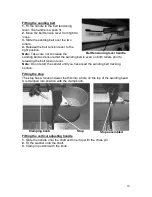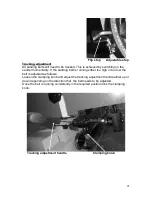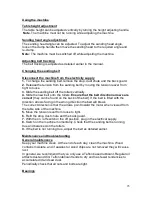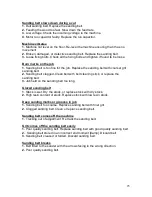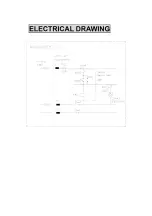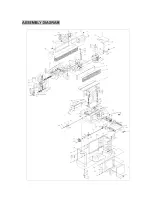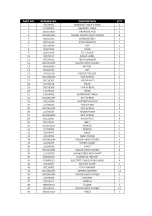
25
Sanding belt slows down during a cut
1.
Dull sanding belt. Replace the sanding belt.
2.
Feeding the wood too fast. Slow down the feed rate.
3
. Low voltage. Check the incoming voltage to the machine.
4.
Motor run capacitor faulty. Replace the run capacitor.
Machine vibrates
1.
Machine not level on the floor. Re-level the machine ensuring that it has no
movement.
2.
Broken, damaged, or defective sanding belt. Replace the sanding belt.
3.
Loose fixing bolts. Check all the fixing bolts and tighten if found to be loose.
Burn marks on the job
1.
Sanding belt is too fine for the job. Replace the sanding belt with courser grit
sanding belt.
2.
Sanding belt clogged. Clean belt with belt cleaning stick, or replace the
sanding belt.
3.
Job held on the sanding belt too long.
Glazed sanding belt
1.
Stock is wet. Dry the stock, or replace stock with dry stock.
2.
High resin content of stock. Replace stock with low resin stock.
Deep sanding marks or grooves in job
1.
Sanding belt too coarse. Replace sanding belt with finer grit.
2.
Clogged sanding belt. Clean or replace sanding belt.
Sanding belt comes off the machine
1.
Tracking out of adjustment. Re track the sanding belt.
Grit comes off the sanding belt easily
1.
Poor quality sanding belt. Replace sanding belt with good quality sanding belt.
2.
Sanding belt stored in an incorrect environment [damp]. Discard belt.
3.
Sanding belt creased or folded. Discard sanding belt.
Sanding belt breaks
1.
Belt fitted to the sander with the arrows facing in the wrong direction.
2.
Poor quality sanding belt.


